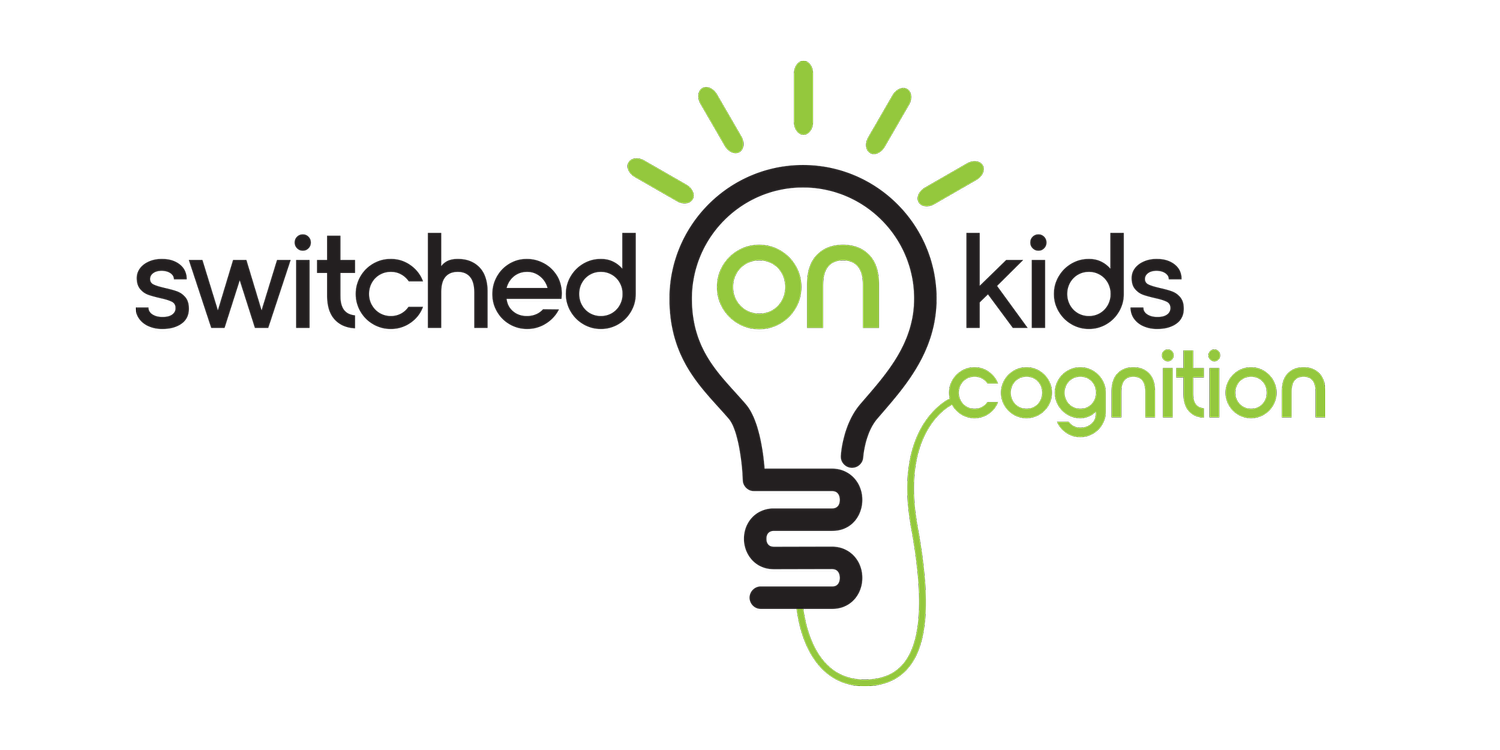Processing speed and timed tests
I have written a previous blog that addresses processing speed in neurodivergent kids. Lately, I have seen a few social media posts by parents whose (ADHD) children are being kept in at recess (or otherwise punished) when they cannot meet the demands of timed tests in the school environment. Punishing or further penalising kids for differences in the way they learn is NOT okay and I hope I can provide some information so that parents can go to battle on behalf of their kids.
Slow processing speed is an issue for many neurodivergent kids (along with working memory and executive function issues). Slow processing does NOT equal low IQ (whatever IQ is). Slow processing does NOT indicate that our children are poor learners and cannot retain information. In fact, our kids are extremely capable if they are nurtured in the right way. School is not easy for these kids as they just do not learn in a “standardized” or average way. Our kids will perform best when we focus on mastery and understanding, rather than speed.
Kids who tend to struggle with reading or math and/or have inattentive ADHD tend to have poor slow processing speed (Kramer et al., 2020). Processing speed is the rate at which our brain can take on new pieces of information. Processing speed is related to white matter pathways in the brain, or the “highways” along which information is transferred. Research has found that two-thirds of children with learning difficulties have slow processing speed (Weiler et al., 2003). This has major implications in the classroom. Processing speed sub-tests are included in overall IQ test scores which means that slow processing speed will affect an IQ score. However, this does not mean a child has a low IQ (lots of children who struggle with processing speed are VERY bright).
Kids with slow processing speed will take more time to respond to and process information. They will often respond with “don’t know” or “what”. Often, they do know. These responses buy them a little more time to process and respond. These kids find it difficult to get their work done on time and may be tired and overwhelmed at the end of the day (hello afterschool meltdown). This does not mean that they cannot learn and achieve the same as other children. Rather, it means that their learning environment is NOT optimal. These kids will do well if we can give them enough time and protect their confidence. They often do far better when learning is one-on-one.
Standardized tests such as Naplan are timed tests. Yes, neurodivergent kids may be “allowed” more time but many kids do not take it as they do not want to seem different to their peers (and fair enough). Education is designed for the “average” child. I have no idea what the average child is, but it is not a neurodivergent child. Our entire education system is based on an old (incorrect) assumption that “fast” processing equals better processing. However, we now know that this assumption is fundamentally incorrect. Considered the founder of “modern educational psychology”, Edward Thorndike (1874-1949) believed that there was a correlation between the rate at which students learned material and their ability to learn it. In his words: “it is the quick learners who are the good retainers” (Thorndike, 1908).
This belief drove the development of standardised timed testing regimes within school. Over the decades, this assumption has meant that our school system favours the fast and penalises those who learn at a slower rate. However, over the years it has been proven time and time again that speed and learning ability are NOT related.
There is no consistent link between speed and intelligence (Fry & Hale, 2000). Speed is not everything and there is a complex interaction between processing speed, individual differences and developmental changes over time (Cepeda et al., 2013). During the 1950-1970s American educator Benjamin Bloom realised that a key reason that many children were performing poorly at school, was not to do with their ability, but more to do with constraints such as speed. Bloom designed a clever experiment where he randomly assigned students to two groups. Both groups were required to learn the same material; however, the rate of delivery was different for each group. For one group the learning rate was fixed-pace and for the other it was self-paced. The results were incredible. An impressive 90% of students in the self-paced group achieved mastery of the material. In contrast, only 20% of the fixed-paced group were able to master the material (Bloom, 1974).
In addition, the study found that for individual kids, speed really depended on what they were learning (e.g., fractions versus decimals). So there really was no such thing as a “fast learner”. The results of Bloom’s study have been replicated time and time again (Chen-Lin et al., 1990). Decades of research since has shown that if we can adjust the pace of learning that kids can do really well. Furthermore, there are valid, empirical reasons not to administer timed tests (modified from Gernsbacher et al. (2020)). For example:
1. The pace at which a child takes a test is not a valid reflection of their knowledge or ability.
2. Timed tests are less reliable. They reflect the “rate of work”, rather than accuracy of work.
3. Timed tests are less inclusive and often exclude children with disabilities.
4. Timed tests are not equitable. They disadvantage children who have English as a second language, neurodivergent children and those who have other barriers.
Bloom (1956) also discovered that the ability to learn more complex material depends on the skills that preceded it. So, what this means is that for our neurodivergent kids the effect of poor processing speed becomes cumulative. If they are not given the time to master lower-level skills, anything above becomes considerably more challenging. As the pyramid below shows, each skill leads to the development of the next. Additionally, the more executive functioning control that a task requires (e.g., writing), the slower the rate of processing will be (Capeda et al., 2013).
It is also important to keep in mind that timed tests are anxiety-provoking for many children. Research shows that timed tests cause math anxiety for students, regardless of their ability (Boaler, 2014). Working to improve processing speed can be helpful for kids. However, not if it causes anxiety or if speed is used as a reflection of ability. Working on processing speed should be only be done when a child is encouraged to beat their scores. Interestingly, there is some evidence to show that video games improve processing speed (Hilla et al, 2020). The dilemma is that these games can be very addictive. Fortunately, my kids don’t read my blogs, otherwise, they would argue for 24/7 access to Roblox!
So, please teachers (and parents), do not let speed get in the way of learning! We must encourage kids to learn at their own pace. Providing kids with extra time to process and learn will result in better consolidation of information and greater retention. I will finish with a quote from Todd Rose (author of “End of Average”) - “Equating learning speed with learning ability is irrefutably wrong” (p. 133). Decreasing the load can be helpful for kids who have slow processing speeds. Increased speed does not come until a child has mastered the material and it becomes automatic to them. If you want your child to learn to the best of their ability - let them set the pace!
To help your child boost processing speed, please see the resources available HERE.
References
Bloom, B.S. (Ed.). (1956). Taxonomy of Educational Objectives, Handbook I: The Cognitive Domain. New York: David McKay Co Inc.
Bloom, B.S. (1974). Time and Learning. American Psychologist, 29(9), 682.
Bloom, B.S. (1976). Human Characteristics and School Learning, New York, McGraw-Hill.
Boaler, J. (2014). Research Suggests Timed Tests Cause Math Anxiety. Teaching Children Mathematics, 20(8).
Cepeda, N.J. et al. (2000). Speed isn’t everything: Complex processing speed measures mask individual differences and developmental changes in executive control. Developmental Science, 16(2): 269-286.
Capeda, N.J. et al. (2013). Speed isn’t everything: complex processing speed measures mask individual differences and developmental changes in executive control. Developmental Science, 16(2); 269.286.
Chen-Lin, C. et al. (1990). Effectiveness of mastery learning programs: A meta-analysis. Review of Educational Research, 60(2): 265-299.
Fry, A.F., & Hale, S. (2000). Relationships among processing speed, working memory, and fluid intelligence in children. Biological Psychology, 54:1–34.
Gernsbacher, M.A. et al. (2020). Four Empirically Based Reasons Not to Administer Time-Limited Tests. Translational Issues in Psychological Science, 6(2): 175–190.
Hilla, Y. et al. (2020). Faster Visual Information Processing in Video Gamers is Associated with EEG Alpha Amplitude Modulation, Frontiers in Psychology, 11, Article 599788.
Kramer, E. et al. (2020). Diagnostic Associations of Processing Speed in a Transdiagnostic, Pediatric Sample. Nature Scientific Reports, 10(10114).
Thorndike, E.L. (1908). Memory for Paired Associates. Psychological Review, 15(2), 122.
Weiler, M. D, et al. (2003). The developmental course of processing speed in children with and without learning disabilities. Journal of Experimental Child Psychology, 85(2), 178-94.


